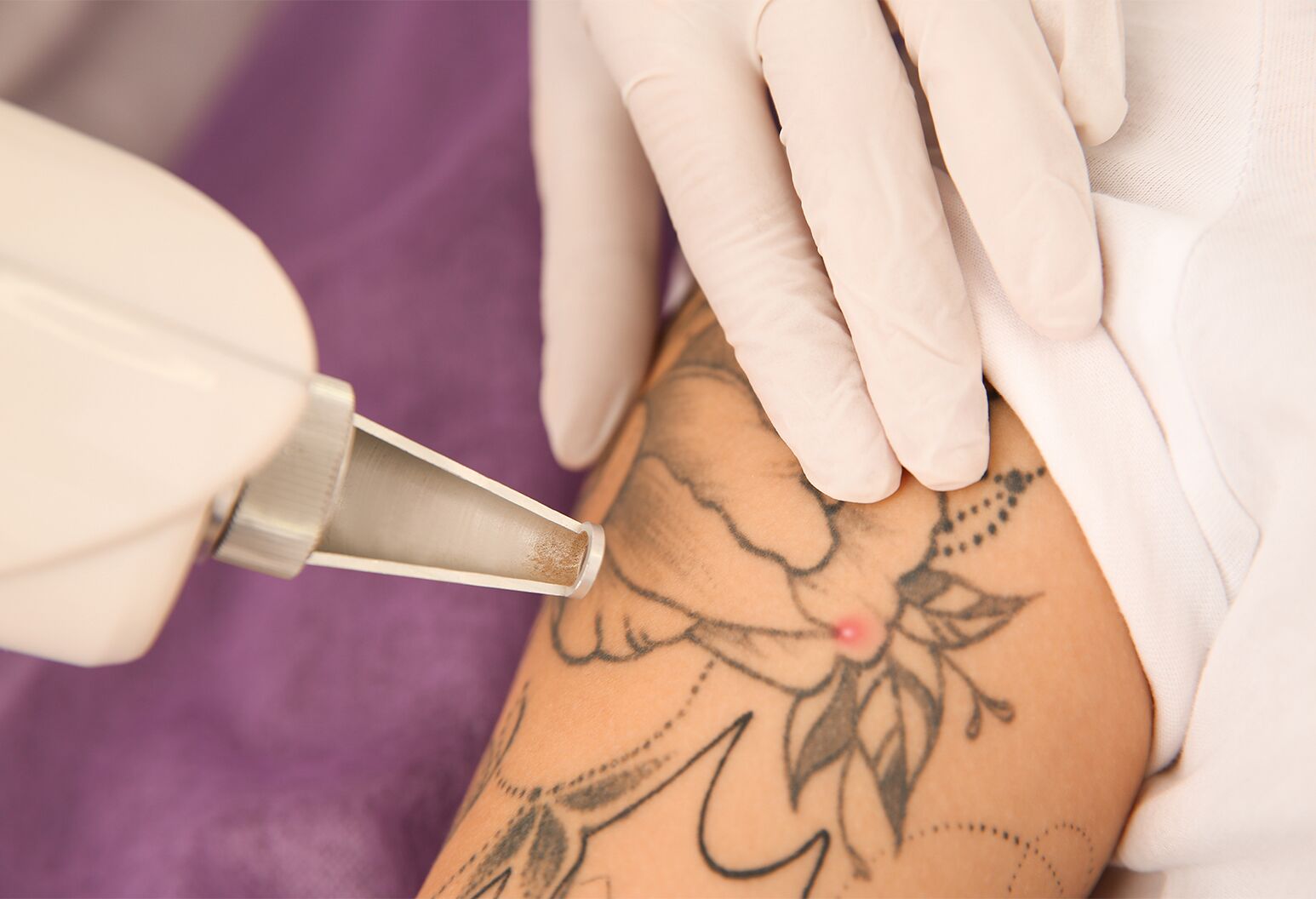skin health
Mohs Vs. Excision: Which Skin Cancer Surgery Is Best?

Learn how doctors remove tattoos, how long it can take, and how much it can cost.
3 min read
Today, tattoos are more popular than ever. Nearly one-third of Americans have at least one tattoo—up from 21% a decade ago—and what’s more, a 2019 survey even revealed that the vast majority of people with tattoos don’t regret their decision.
But what if you’ve decided that you no longer want your tattoo? Maybe it’s because the tattoo no longer represents your views or fits in with your lifestyle, or perhaps you want to remove it to make room for a new tattoo.
What does tattoo removal entail and what should you expect? For answers to these and other common questions, we consulted Raman Madan, MD, a board-certified dermatologist with Northwell Health.
There are several ways that dermatologists can remove a tattoo. One way is to excise, or cut, the tattoo out, however this technique results in a surgical scar and isn’t practical for very large tattoos. We can also manually remove layers of skin with dermabrasion, which involves using a medical grinding tool to remove the outer layers of the skin in a controlled manner, or we can do a chemical peel. Today, however, the most popular way that we remove tattoos is with laser treatments. Laser works by breaking the tattoo pigment into smaller particles which can be absorbed and removed by the body.
Yes, the procedure is uncomfortable. Typically we use a topical lidocaine anesthetic to numb the skin beforehand, which helps to make it less painful.
By providing your email address, you agree to receive email communication from The Well.
Multiple sessions are necessary to remove a tattoo. This is because tattoo artists layer the ink, and so a single session of laser treatment is not enough to break down all of the layers of ink in the skin. The total number of sessions you’ll need depends on the size, color, and design of the tattoo. The average number of sessions is around six to eight, but it’s not unusual to need 10 or more sessions if the tattoo is very large. Keep in mind that some pigments are harder to remove than others and may not be able to be completely removed.
You also need time between sessions for your skin to heal, because the laser treatment can cause redness, swelling, and sometimes blistering. You also need time for your body to absorb as much ink as possible.
It’s important to follow your dermatologist’s instructions for at-home care to avoid infections and speed healing. You’ll likely to be asked to wash the area and apply an antibiotic ointment for the first few days after a laser treatment, and it’s also important to keep the skin moisturized and covered. You’ll also want to protect the skin from sun exposure.
It’s tough to say, because a lot depends on the size of the tattoo and the number of sessions needed. But tattoo removal, which is not covered by health insurance, can be an expensive procedure. Depending on the size of the tattoo, we usually charge anywhere from $300 to $1,000 per session.
The Well is Northwell Health’s commitment to the future of health care. In this time of information overabundance, much of which is inaccurate, unhelpful, or even difficult to understand, Northwell Health is on a mission to make a difference as an honest, trusted, and caring partner. The site connects with consumers to provide them with personalized content that reduces their stress, makes them laugh, and ultimately feel more confident and capable on their healthcare journey.